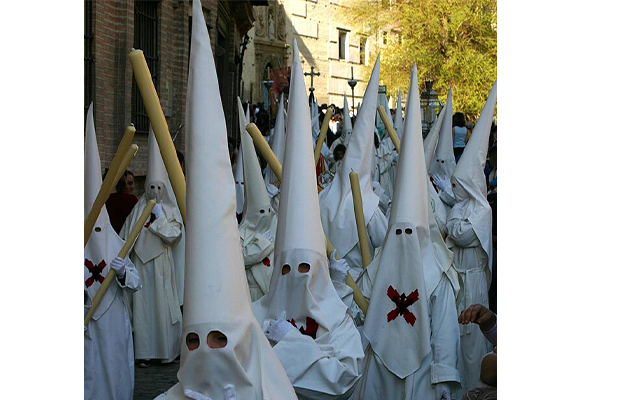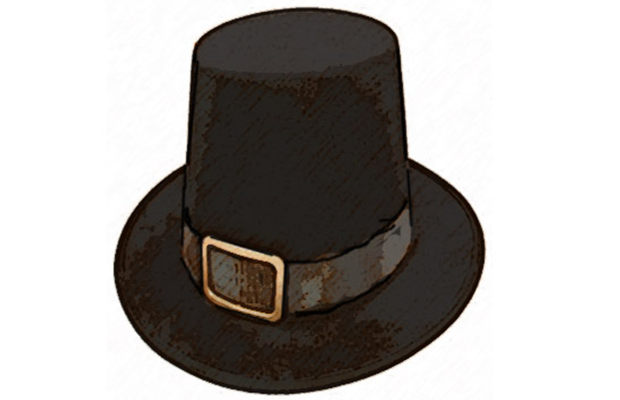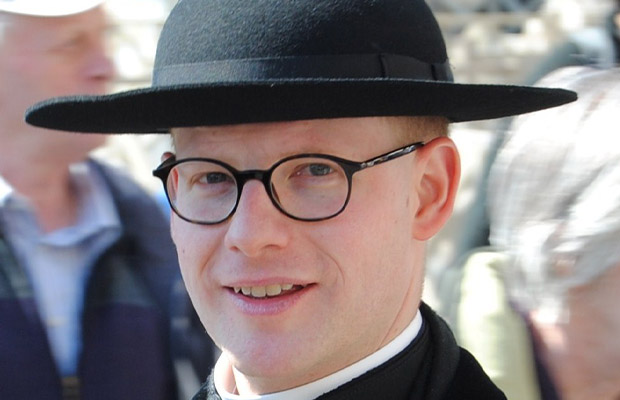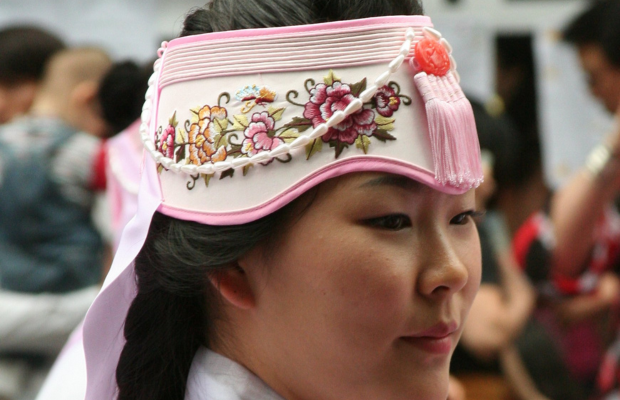
Unveiling the History and Diversity of the Capirote
Introduction:
In the realm of headwear, few items evoke as much intrigue and controversy as the capirote. Often recognized by its conical shape and eye holes, this distinctive piece has a complex history spanning cultures and contexts. While commonly associate with the Ku Klux Klan in the United States. its usage extends far beyond,. encompassing various traditions and ceremonies worldwide.Unveiling the History and Diversity of the Capirote
Origins and Evolution:
The roots of the capirote trace back centuries, with early appearances in European religious processions. Originating in Spain during the Middle Ages. it served as a symbol of penance and humility, worn by flagellants and penitents during Holy Week rituals. The distinctive conical shape was designed to draw attention to the wearer’s devotion and willingness to endure suffering as an act of religious piety.
Over time, the capirote evolved in both form and function, adapting to the diverse cultural landscapes it encountered. In regions such as Italy and Portugal. variations of the capirote emerged within Catholic traditions, each imbued with its own unique symbolism and significance. Beyond religious contexts, the capirote found its way into secular festivities and theatrical performances, further enriching its cultural tapestry.
Controversial Associations:
Despite its deep-rooted religious and cultural origins, the capirote became enmeshed in controversy through its association with the Ku Klux Klan in the United States. Adopted by the Klan as part of their uniform during the late 19th and early 20th centuries, the capirote became a potent symbol of racial hatred and oppression. Its use by the Klan, marked by violence and bigotry, tarnished the reputation of the capirote and perpetuated negative stereotypes.
Cultural Significance Beyond Controversy:
Beyond its association with the Klan, the capirote retains diverse cultural significances across the globe. In Spain, particularly in regions like Andalusia, the capirote continues to play a central role in Holy Week processions, symbolizing penance and spiritual devotion. Similarly, in parts of Latin America and the Philippines, variations of the capirote are integral to religious ceremonies. Serving as a link to centuries-old traditions and beliefs.
Resilience and Reclamation:
In recent years, efforts have been made to reclaim the capirote from its association with hate groups and to highlight its authentic cultural meanings. Communities have worketo educate the public about the diverse contexts in which the capirote is used. Emphasizing its significance within religious, cultural, and artistic expressions. By reclaiming the narrative surrounding the capirote, individuals seek to honor its heritage while condemning its misuse by hate groups.
Conclusion
The capirote stands as a testament to the complexity of cultural symbols and their evolving meanings. From its humble beginnings as a religious garment to its controversial associations with hate groups. he capirote embodies a rich tapestry of history, tradition, and resilience. By acknowledging its diverse cultural significances and reclaiming its narrative. we can appreciate the capirote beyond its controversial associations. Celebrating its enduring legacy across cultures and communities.






